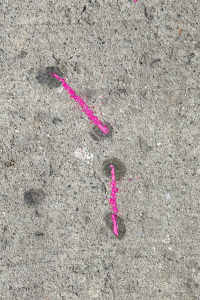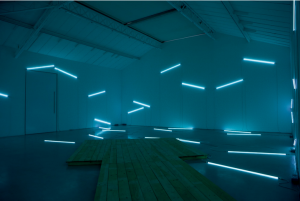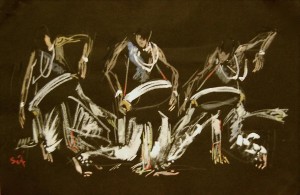The final in a short series of flashbacks to last season in Dubai, we look at Jaber Al Azmeh’s A Small Group of Syrians at Green Art Gallery, and its complementary series Wounds
“Whilst Syrian art has always been expressive and has often revealed a deep concern with social ills, new works are more overtly political than ever before” SYRIA: THE ART OF WAR, Canvas Art
“As images of violence, civil war and sectarian strife become prominent in the media narrative of the Syrian uprising, little gems of innovative cultural production, artistic resistance and creative disobedience continue sprouting” jadaliyya, Syrian Hands Raised

Jaber Al Azmeh, Ghalia Sarakbi, from the series A Small Group of Syrians, 2011-2012
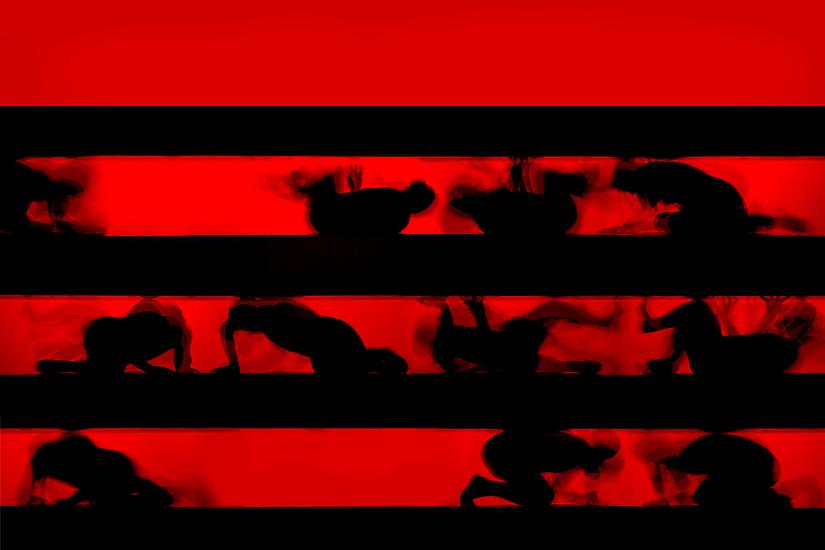
Jaber Al Azmeh, The Dungeons, 2012
Jaber Al Azmeh rejected and rejects politics as “a really corrupt part of humanity” for him, “being part of the revolution wasn’t about being political” (as told to Artinfo). Save for this, it would be easy to read his two recent photographic series, Wounds and A Small Group of Syrians, as overtly political, yet to do so would be reductive. Their effect is beyond that of the teleological narratives of corrupt political regimes, here, specifically that of Bashar Al Ashad and the Ba’ath party. Their gesture towards a deconstruction and resurrection of a new order is not a straightforward critique, nor is it only documentation – though this is a significant act – more than this, there is an elemental power to each which, through destabilisation and deconstruction, hints at the alchemical creation of something new.
Both series reverberate with struggle, and each coalesces to form a significant documentary object that contends with the reality of the Syrian revolution. Without engaging directly with the politics of this – rejecting it as something defunct which cannot be granted audience – the series thereby avoids being caught in a dialogue with that it seeks to overcome, instead capturing a spirit determined to find something beyond the current. This is a spirit of revolution enacted in different ways – one a grand mythic theatre about the struggle for liberation, one composed of fragmented glimpses of individual transgression – but both strive towards the same effect; the subversion of the current order to make way for a new one.

Jaber Al Azmeh, Physician’s Oath, 2012
Red and black and pulsating with an energetic theatre, Wounds is a carnivalesque depiction of single acts of defiance, as retold to the artist by activists. There is a veneration and poetry to these violent renderings; they are tableaux that distill an essence of revolutionary spirit with urgency – aesthetically they feel like shadows cast by a flame – their image fleeting, important and elemental. Their subjects – both figures and act – are non-specific and animated with echoes of all struggles for liberation.
In the process of creation, Wounds was a series rent by displacement – two pieces were created in Syria, the symbolic silhouette the figure of the activist whose story it depicts – the rest were re-enacted by Al Azmeh after he was forced to leave his country and settle in Doha, Qatar. This displaced re-enactment is important primarily as documentation, but its creation marks the pieces too – performative of the displacement of the diaspora of Syrian artists. Like Al Azmeh, they cannot return home, yet continue to participate in the life of their country through an “incredible outburst of creative dissent under extreme duress” Culture in Defiance-Continuing Traditions of Satire, Art and the Struggle for Freedom in Syria, Prince Clause Fund
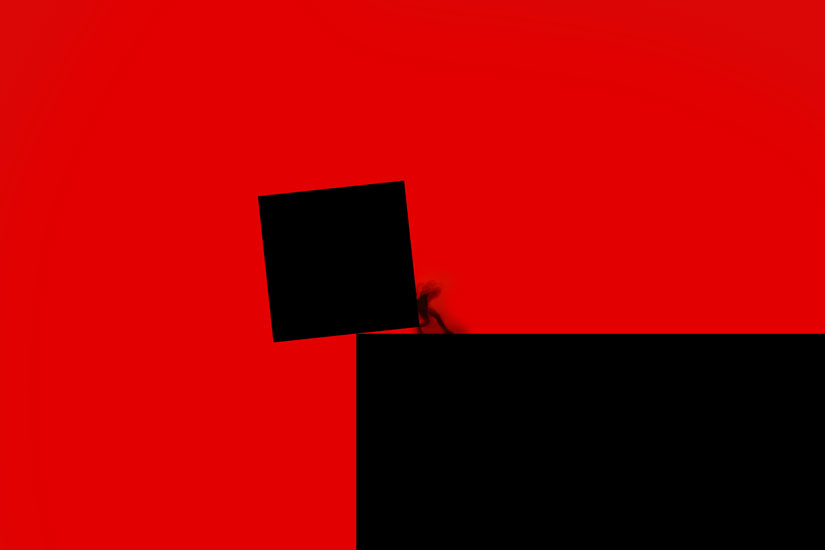
Jaber Al Azmeh, The People, 2012
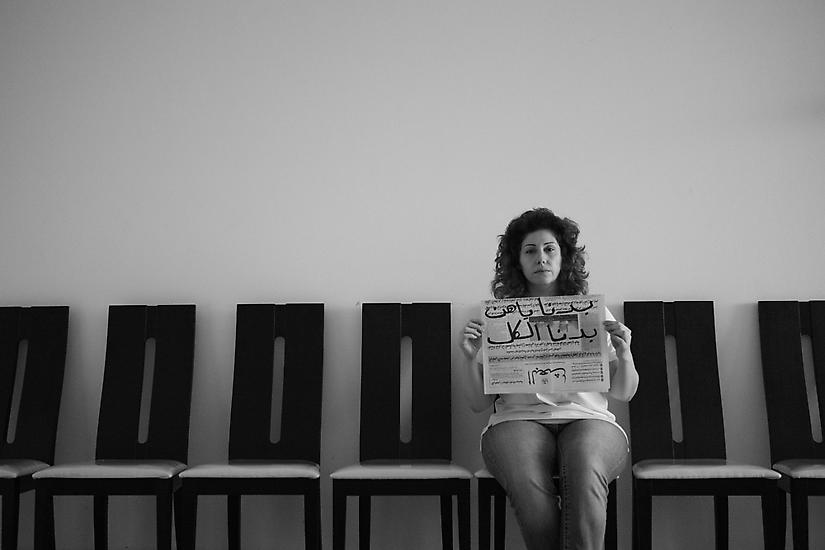
Jaber Al Azmeh, Yara Sabri, from the series A Small Group of Syrians, 2011-2012
Where Wounds recreates stories, becoming a mythic cycle articulated by the urgent procreant energy of all struggles for liberation, A Small Group of Syrians is specific and documentary and the resultant series is raw in its simple defiance, with a gradual subversive power amassed via repeated quotidian transgressions.
Each image captures a linguistic, individuated voice through a written message. Taking the custodian of oppression as its starting point – the al Ba’ath Newspaper – the simple recurring gesture – each person pictured writing a new message across the newspaper – contributes to revolutionary renewal – literally a revitalization of ‘The Resurrection’, the translation of al Ba’arth.
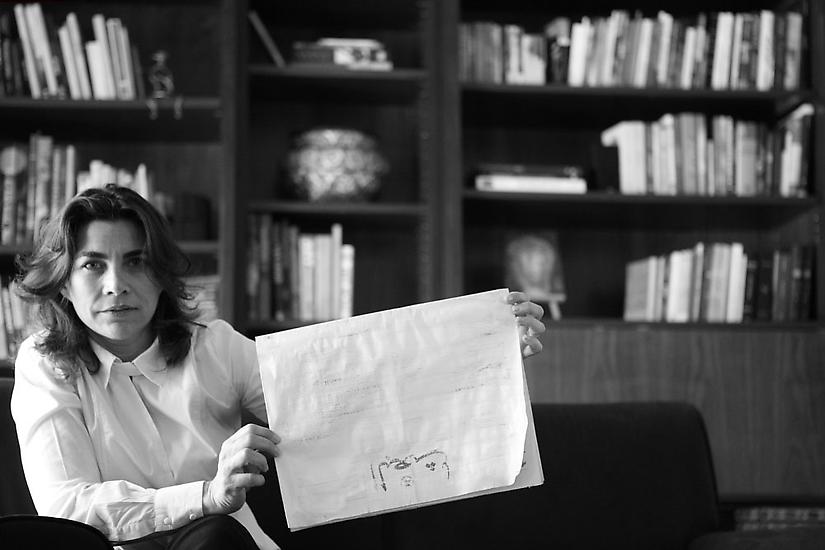
Jaber Al Azmeh, Rafia Kodmani, from the series A Small Group of Syrians, 2011-2012
Linguistic subversion is always a powerful one, but within the context of this struggle it is particularly significant – Al Azmeh himself has noted that no one spoke in resistance publicly before, and it was an anti-regime slogan scrawled on a school wall that lead to the arrest of 15 children, a catalyst of the first protests. To turn the chronicle of oppression upside down is the inversion of a continuum that remained unchallenged for too long, to replace its words with another message, another story – each fragmentary line a personal statement lent potent poetic power through abject context – is the brave transgression.
Al Azmeh’s role is that of the conductor directing a transformative accumulated through the serialisation of each individual act, gesturing towards a restructuring of inviolable narratives, the two distinct approaches alternative but complementary strategies achieving this. Al Azmeh described the act as a ‘toppling’ in A Small Group of Syrians, and the denseness of each series, a textural archive of repeated motifs, is a powerful means to achieve this and a reminder of the urgency of this act for so many, what Al Azmeh says is “our life now… a matter of survival, it’s our country, our people and everyone [is] participating” to to ArtInfo, January 2013
By Rachel Bennett
Images courtesy the artist and Green Art Gallery

Jaber Al Azmeh, Munir AlSharani, from the series A Small Group of Syrians, 2011-2012

